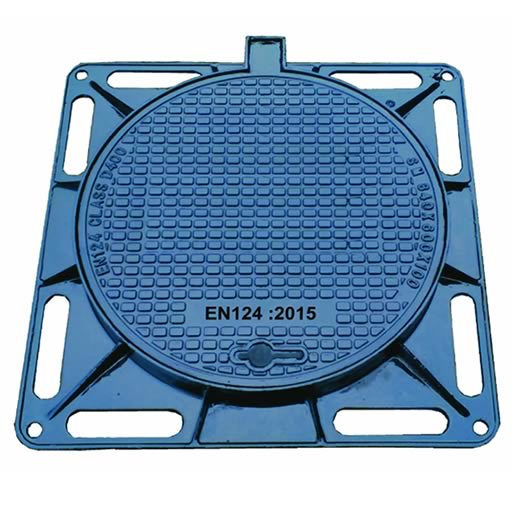Comprehensive Guide to Steel Grating Specifications for Optimal Performance and Durability in Various Applications
Steel Grating Specifications A Comprehensive Overview
Steel grating is an essential material used in a variety of industrial applications, providing support, safety, and drainage in environments ranging from factory floors to walkways and bridges. Understanding the specifications of steel grating is crucial for engineers and architects to ensure that the right type is selected for specific applications. This article aims to provide a comprehensive overview of the key specifications associated with steel grating.
Types of Steel Grating
There are several types of steel grating, with the most common being welded, pressure-locked, and swage-locked grating. Each type offers different benefits
1. Welded Grating This is made by welding cross bars at right angles to the bearing bars. The resulting structure is robust and can endure heavy loads, which makes it ideal for industrial platforms and walkways.
2. Pressure-Locked Grating This type uses a pressure-locking process to secure the load-bearing bars and the cross bars together without the use of welding. Pressure-locked grating is well-suited for applications requiring a clean look and corrosion resistance.
3. Swage-Locked Grating This is a variation of the pressure-locked frame but involves swaging, which offers additional stability and is often more economical for heavier applications.
Material Specifications
Steel grating is primarily made from carbon steel, stainless steel, or aluminum. The choice of material significantly influences the performance and longevity of the grating
- Carbon Steel Known for its strength and affordability, carbon steel is often used in applications where corrosion is not a major concern. It is usually coated with a protective finish, such as galvanization, to enhance its resistance to rust and environmental factors.
- Stainless Steel This material is favored in corrosive environments due to its exceptional resistance to rust and chemical damage
. Stainless steel grating is often used in food processing, pharmaceuticals, and chemical plants.steel grating specifications

- Aluminum Lightweight and resistant to corrosion, aluminum grating is an excellent choice for applications where weight reduction is crucial, such as in aviation and marine settings.
Load Bearing and Spacing
Load capacity is a crucial aspect of steel grating specifications. It is essential to choose a grating that can support the expected load in its application. The load is primarily categorized based on the spacing between the bearing bars. Common spacing options include
- 30 mm (1.18 inches) Suitable for pedestrian traffic and lightweight applications. - 40 mm (1.57 inches) Can accommodate moderate vehicular traffic. - 50 mm (1.97 inches) Designed for heavy-duty applications, including forklift traffic.
These specifications are evaluated according to recommended load tables that take into consideration factors such as concentrated loads, distributed loads, and safety factors.
Surface Treatment
To maximize durability and longevity, surface treatment is an essential specification. Steel gratings can undergo various treatments including
- Galvanization A zinc coating that protects against rust and corrosion. - Painted Coating Offers aesthetic appeal and additional protection. - Mill Finish The natural finish of the metal which may require further treatment depending on the installation environment.
Conclusion
In conclusion, selecting the right steel grating involves understanding various specifications including type, material, load bearing capacity, spacing, and surface treatment. By carefully considering each of these factors, engineers and architects can ensure the steel grating meets the specific needs of their projects, ensuring safety, efficiency, and durability in their applications. Whether for industrial platforms, drainage systems, or walkways, proper knowledge of steel grating specifications is vital for successful construction and long-term performance.
-
Square Sewer Cover Enhances Urban SafetyNewsAug.01,2025
-
Pipe Fitting Requires Precise AlignmentNewsAug.01,2025
-
Manhole Step Is DurableNewsAug.01,2025
-
Manhole Cover Is Found WorldwideNewsAug.01,2025
-
Hole Cover Frame On RoadsNewsAug.01,2025
-
Gully Grate Improves Road SafetyNewsAug.01,2025
-
Man Hole Cover Round Load CapacityNewsJul.31,2025
